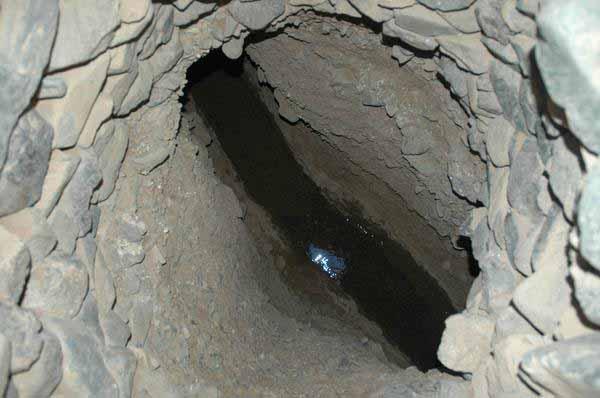Qanat: A tunnel to the groundwater

In many parts of the Middle East, people manage to let groundwater run to the surface without use of any mechanical equipment; simply by gravity!! How is that possible!? The answer is: through qanats, underground tunnels that tap groundwater and direct it to human settlements on agricultural land.
On wednesday May 26 Majid Hassanizadeh, professor of Hydrogeology at Utrecht University will explain this phenomenon in a public lecture. The qanat is the oldest piece of water technology that is still in use. The technique originated in ancient Persia around three thousand years ago. Over the centuries, qanats have provided a lifeline to irrigated agriculture and settlements in dry areas in many parts of the world: Middle East, North Africa, India, Chinese Turkestan, Arabia, Spain, Sicily, and even Mexico.
Teheran, capital of Iran, was fed by twelve qanats until 1930 and the ancient city of Palmyra in Syria grew and prospered because of its reliable qanat water supply. Qanats are undergoing a revival; in many parts of the Middle East, old qanats are being repaired and new ones are constructed. In his presentation Hassanizadeh will elaborate on the history, the working, and the method of construction of qanats.
Wednesday May 26th
Time: 19:00 hrs sharp! Please arrive at 18:45.
Place: Minnaert building, room 208 (Planetenzaal), 2nd floor
Use the entrance to the Buys Ballot laboratory at the Princetonplein 5. Via the 1st floor you can go to the Minnaert building.
This lecture is free but you have to register with Ms. M.N. Wijburg e-mail: m.n.wijburg@astro-uu.nl before Monday 24th May 2010.